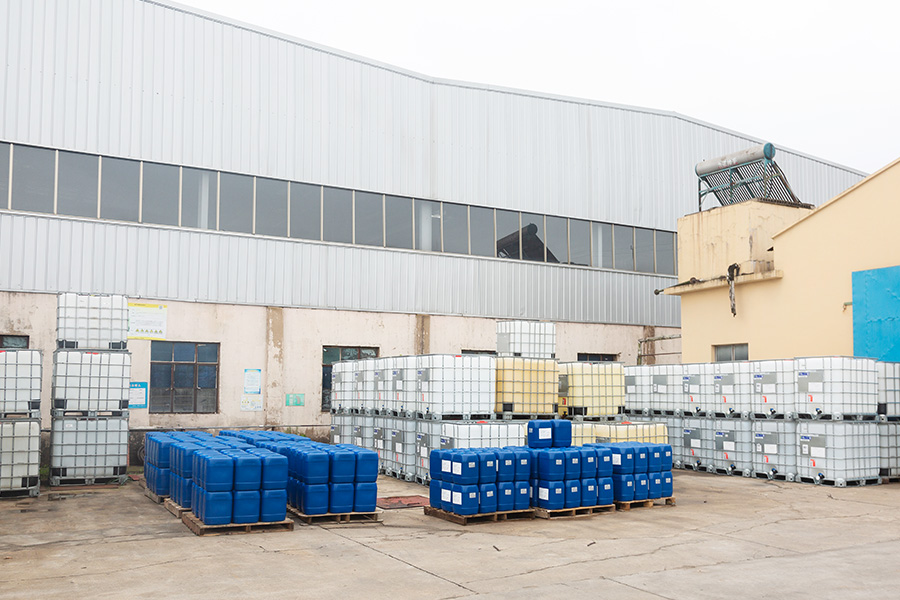Circulating water corrosion inhibitors are essential for maintaining the integrity of heat transfer equipment in industrial cooling systems. However, one common question that arises is whether these inhibitors can be effectively used in systems where water quality fluctuates—specifically, where levels of hardness, alkalinity, or salinity vary. The answer lies in the versatility and adaptability of these inhibitors, and the ability to tailor their use based on the specific water conditions at hand.
The circulating water corrosion inhibitor is formulated to perform in a wide range of water quality scenarios, making it a robust solution for systems with diverse or fluctuating water chemistries. The product is designed to form a protective film on heat transfer surfaces like carbon steel, stainless steel, and titanium. This dense film prevents corrosion from occurring, even in challenging conditions. Whether the water has a high concentration of minerals, varying pH levels, or increased salinity, the inhibitor is engineered to remain stable and effective. The inhibitor’s formula includes non-phosphorus corrosion inhibitors, pre-film dispersants, and special surfactants, all of which work together to create a long-lasting barrier that shields the equipment from corrosive elements.
What makes this inhibitor stand out is its adaptability. The product is capable of handling a wide range of water qualities, even those that would typically pose challenges for traditional treatment methods. In systems with hard water—water that contains high levels of calcium and magnesium—the inhibitor can still function effectively without the common side effects, such as scale buildup, that other treatments might induce. Similarly, in systems with high alkalinity or salinity, which can often accelerate corrosion, the inhibitor continues to perform reliably. This wide adaptability is due to the high corrosion inhibition rate of the product, which ensures that it can function effectively across diverse operating conditions, even when water chemistry fluctuates.

Of course, like any water treatment solution, the effectiveness of the corrosion inhibitor depends on proper dosage and regular monitoring of the water’s chemical composition. For optimal performance, the dosage of the inhibitor should be adjusted based on the specific conditions of the water, typically ranging between 5 and 15 ppm. This means that in systems with particularly challenging water conditions, the dosage can be increased slightly to ensure maximum protection. Importantly, the inhibitor’s formulation is designed to be compatible with other water treatment agents, such as bactericides and scale inhibitors, allowing for a more comprehensive treatment approach.
In practice, this means that whether you’re dealing with hard, alkaline, or saline water, this corrosion inhibitor can help reduce maintenance costs and downtime while ensuring that the cooling system operates at peak efficiency. Its ability to handle diverse water chemistries without compromising on performance makes it a versatile solution for industries ranging from power generation and petrochemicals to steel manufacturing and pharmaceuticals. Additionally, the environmentally friendly, non-phosphorus nature of the inhibitor makes it a sustainable choice for systems that must comply with stringent environmental regulations, ensuring that businesses can maintain effective water treatment while meeting environmental standards.
Circulating water corrosion inhibitors are not only effective in a broad range of industrial settings, but they are also adaptable to systems with varying levels of hardness, alkalinity, or salinity in the water. Their ability to form a stable, protective film on heat transfer surfaces ensures long-term protection from corrosion, regardless of water quality. With proper monitoring and dosage adjustments, these inhibitors can handle even the most challenging water conditions, offering industries a cost-effective, reliable, and environmentally friendly solution for water treatment in cooling systems.
 En
En
 عربى
عربى 中文简体
中文简体

